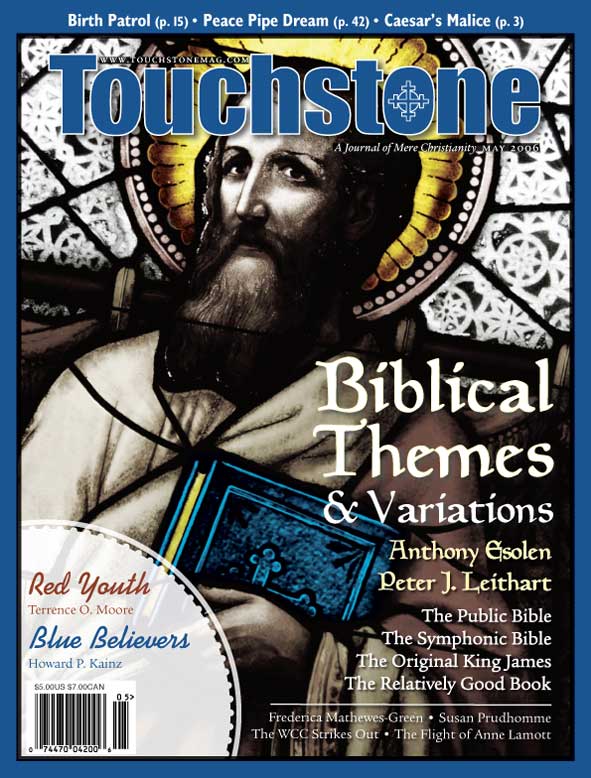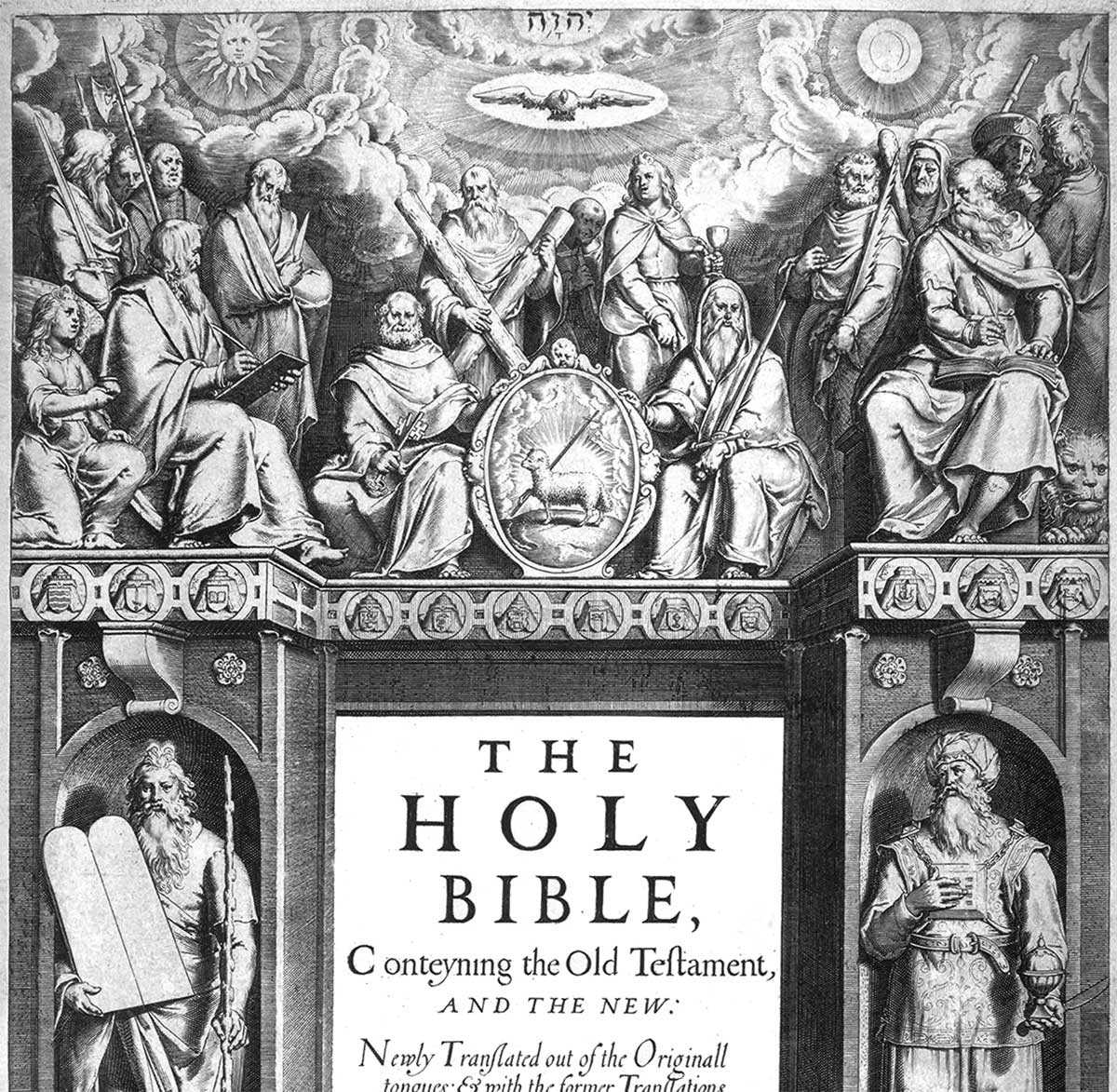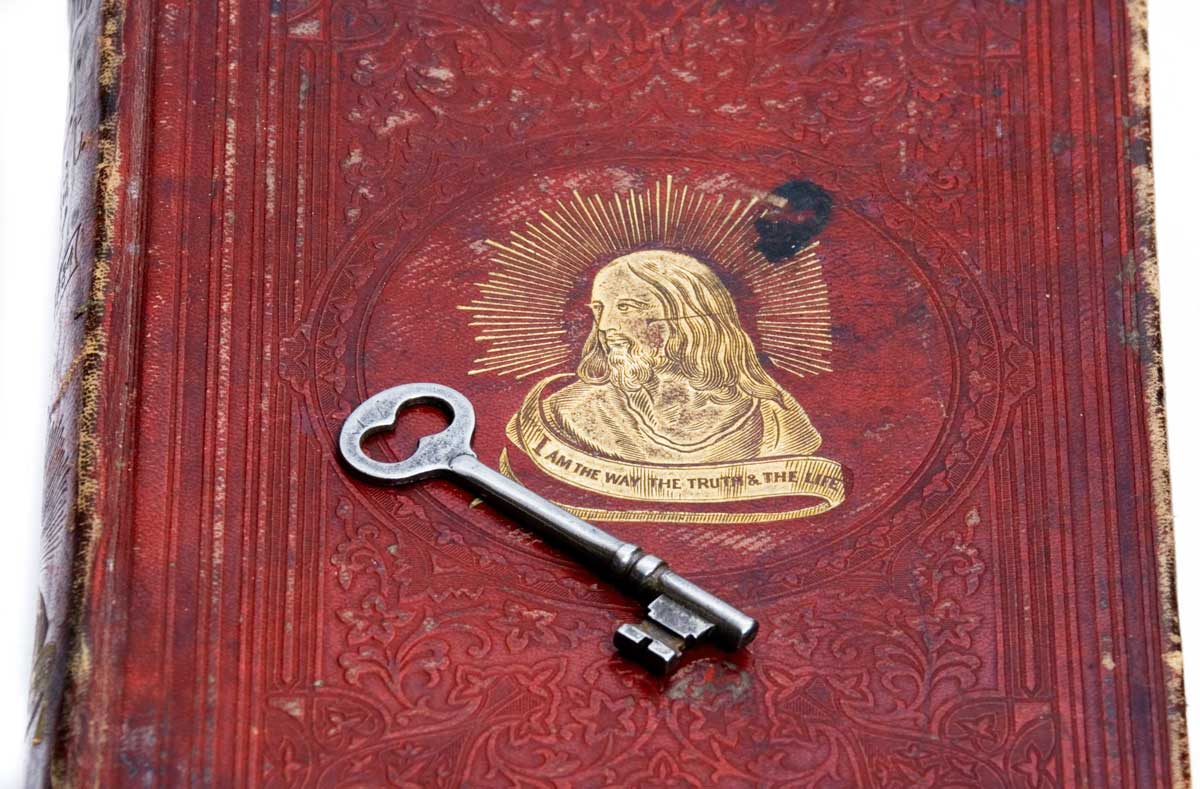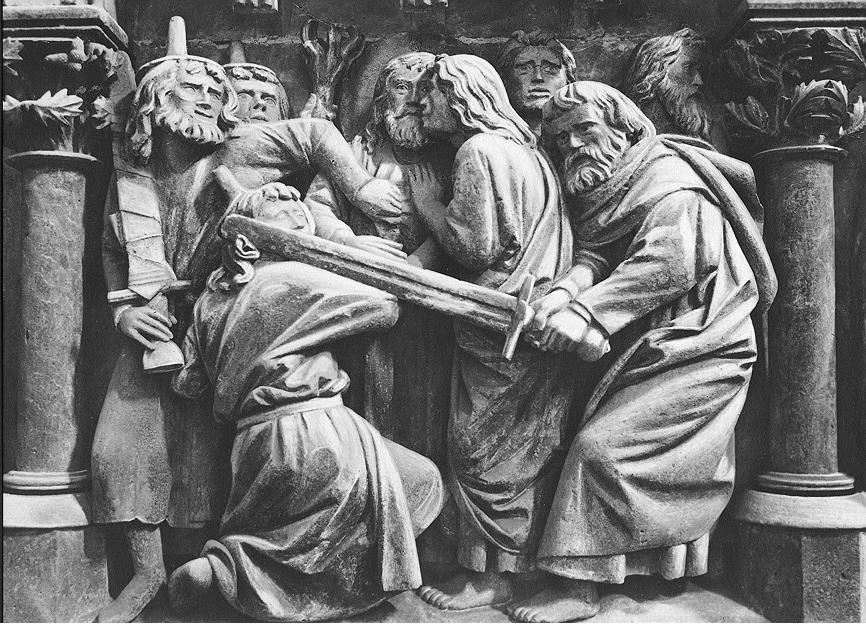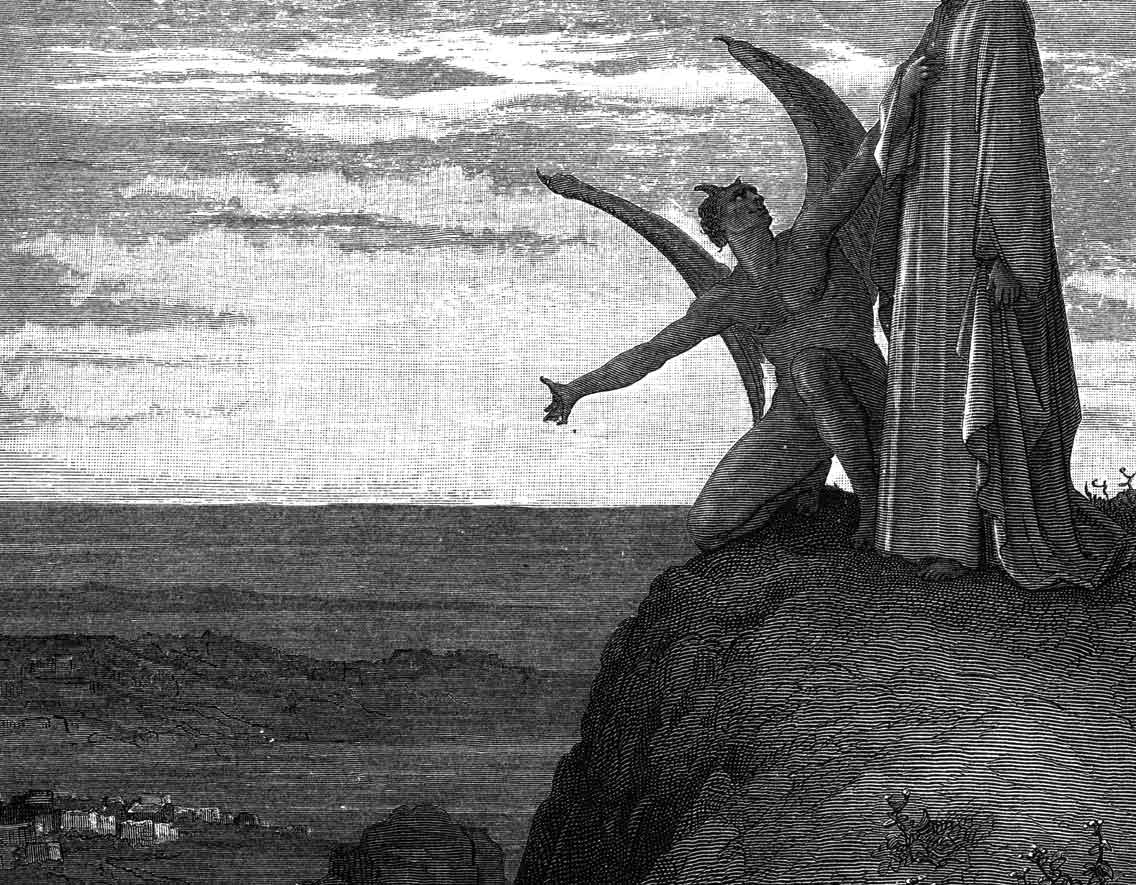The Public Bible
The Bible and Its Influence
Cullen Schippe and Chuck Stetson, general editors
Bible Literacy Project, 2006
(387 pages, $67.95, hardcover)
reviewed by C. T. Maier
When I was in college, I stumbled across the word shibboleth in an article I was reading. Puzzled, I pulled out my battered Webster’s Collegiate Dictionary and started thumbing through the well-worn pages. If I were a student today, though, I would need to look no further than page 84 of The Bible and Its Influence, the first-ever Bible textbook designed specifically for public high schools, released recently by the Biblical Literacy Project of Fairfax, Virginia.
There, I would learn that the word shibboleth has its roots in the story of Jephthah in the Old Testament. Knowing that his enemies couldn’t pronounce certain Hebrew words, Jephthah asked them to say “shibboleth.” They tripped over the pronunciation, and the word was passed on in language and literature to refer to words and phrases groups use to differentiate members from outsiders.
The phrase “Bible in the classroom” has actually been something of a shibboleth itself. Christian conservatives have advocated Scripture study in the classroom, while religious and secular liberals have done almost everything in their power to resist them. In recent years, supporting the reading of the Bible in public schools has been enough to establish a person’s conservative orthodoxy.
Common Ground
The Bible and Its Influence is the Biblical Literacy Project’s attempt to find a middle way between Christians and those who insist on a radical separation of church and state. Founded in 2001 with the belief that “failure to teach about the Bible leaves students in ignorance and cultural illiteracy,” the group has sought common ground among schools, religious groups, and civil liberties advocates to return Scripture to the classroom.
After a thorough review of First Amendment law, they assembled a roster of forty reviewers from every branch of Christianity and Judaism—including Yale literary critic Harold Bloom, the University of Chicago’s Jean Bethke Elshtain (a Lutheran), Harvard Law School’s Mary Ann Glendon (a Catholic), and Orthodox writer Frederica Mathewes-Green—to create content that would get by the censors.
The resulting textbook is based on the premise that Scripture’s cultural value can be separated from its moral and devotional value. Glossing over polarizing questions like evolutionary theory, it makes the case that the profound influence of the Bible on Western culture, philosophy, language, art, and literature makes it central to even the most basic cultural literacy, for believers and nonbelievers alike.
As the story of the derivation of shibboleth suggests, the emphasis is on the literary and cultural importance of the words, stories, and themes of Scripture. On every page, the book reminds students of the absolute importance of its material. The pervasive need to remind students of the importance of Scripture is, of course, a testament to the times in which we live.
Each chapter offers something new, such as how “cucumber,” “blab,” and “the powers that be” became part of the language when the Bible was translated into English. Or how Shakespeare peppered his plays with over 1,300 biblical references. Or how you can’t understand Hemingway’s The Old Man and the Sea without understanding its Christological imagery. As they trace the Bible through the history of art, literature, music, and philosophy, students get something that’s essential but also increasingly rare: a broad-based liberal education that embraces the entire scope of Western thought.
C. T. Maier works in the communications office of the Catholic Diocese of Pittsburgh. He attends the First Presbyterian Church of Bakerstown in the North Hills of Pittsburgh. He writes on the intersection of religion and rhetoric.
bulk subscriptions
Order Touchstone subscriptions in bulk and save $10 per sub! Each subscription includes 6 issues of Touchstone plus full online access to touchstonemag.com—including archives, videos, and pdf downloads of recent issues for only $29.95 each! Great for churches or study groups.
Transactions will be processed on a secure server.
more on bible from the online archives
more from the online archives
calling all readers
Please Donate
"There are magazines worth reading but few worth saving . . . Touchstone is just such a magazine."
—Alice von Hildebrand
"Here we do not concede one square millimeter of territory to falsehood, folly, contemporary sentimentality, or fashion. We speak the truth, and let God be our judge. . . . Touchstone is the one committedly Christian conservative journal."
—Anthony Esolen, Touchstone senior editor





